Research on abnormal oral behaviour in Malaysia Horses.
My findings revealed that stable management and feeding practices can have a significant impact on the prevalence of abnormal behaviors in working horses, with oral stereotypies being the most common in Malaysian horses. In addition, the total daily dietary intake was found to play a vital role in the development of these behaviors.
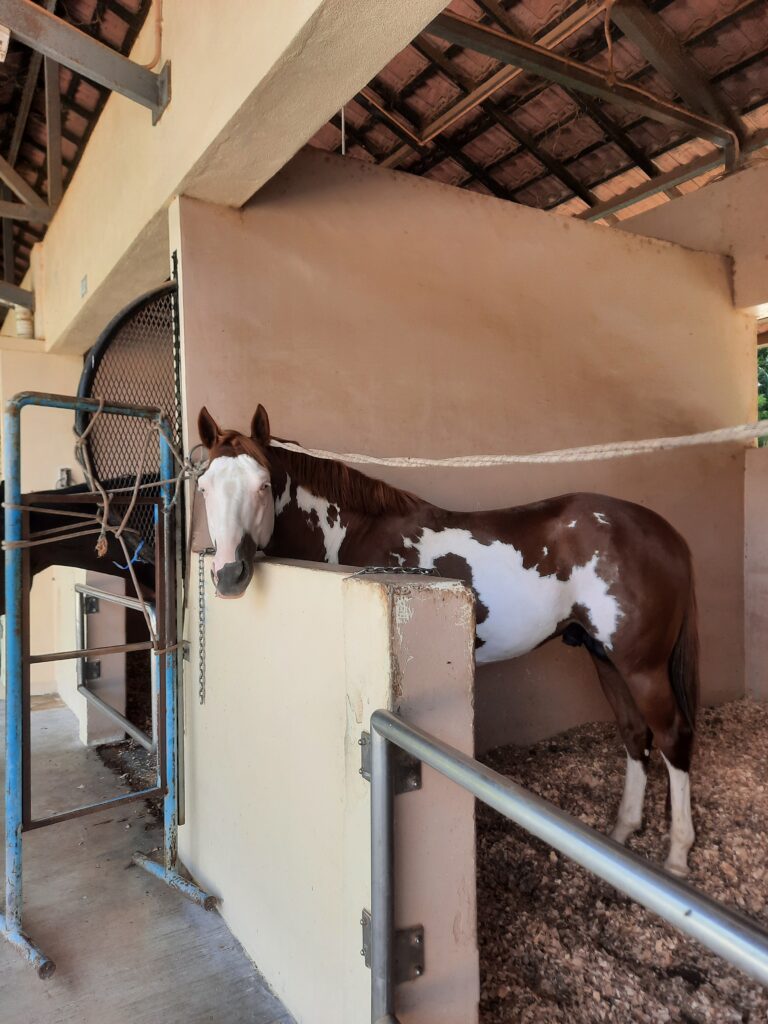
“The amount of hay fed greatly influenced the expression of abnormal behaviors.”
Plasma ghrelin and leptin were exclusively influenced by abnormal oral behaviors.
In this study, a total of 207 healthy horses from various breeds were selected from four working groups (leisure riding, equestrian, endurance, and patrolling) in Klang Valley, Malaysia
“Horses with longer working hours were more vulnerable to oral stereotypic behaviors.”

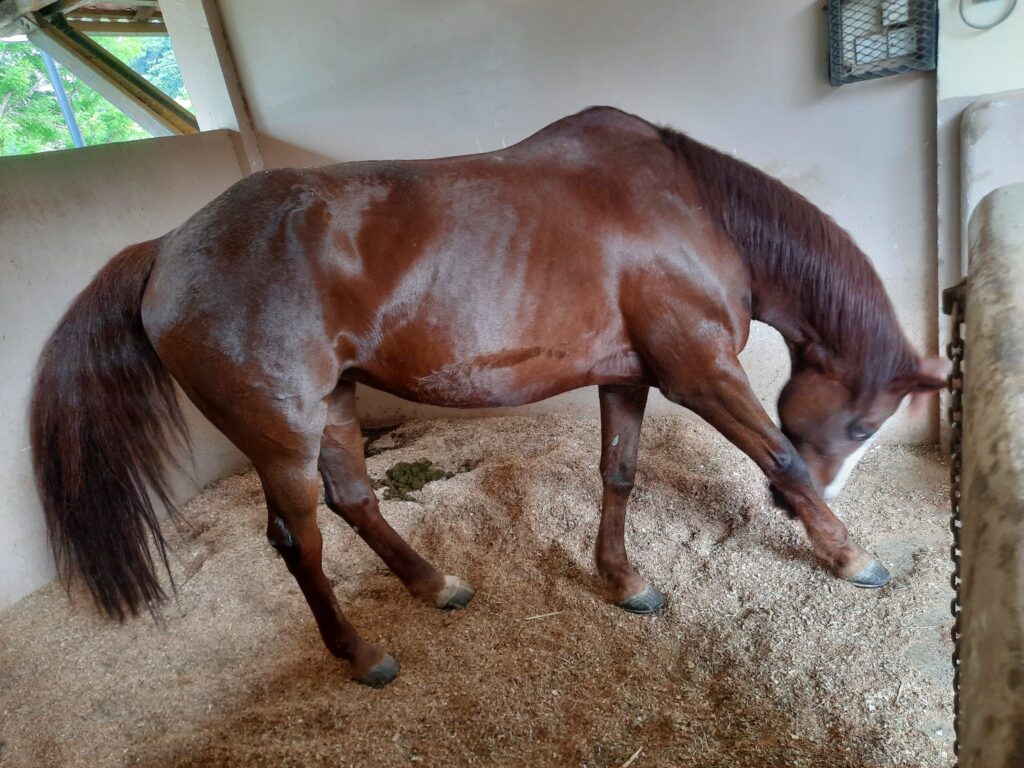
“The more we study the horse, the more we learn about ourselves.”
Telomere length was not associated with abnormal oral behaviors in horses.
No significant association was found in the telomere length expression between AOB and type of diet.





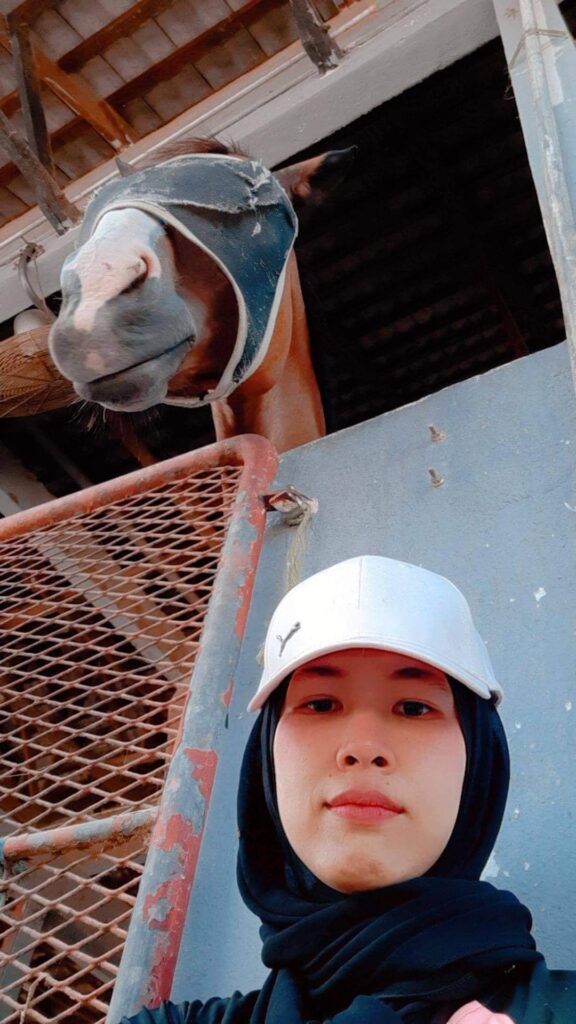


“Adopting a pet may only mean a small difference to you, but it means the world to the animal you’re saving.”




Wild life in captivity
“Wildlife in captivity is like books in a library. They serve no purpose when locked away, but when set free, they can inspire and educate generations.”
Wildlife in captivity refers to animals that are kept in confinement, such as zoos, aquariums, and wildlife parks. While captivity can offer some benefits to animals, such as protection from predators and access to regular food and medical care, it can also have significant negative effects on their physical and mental health. The ethical considerations surrounding captivity have been the subject of much debate, with arguments on both sides weighing the benefits and drawbacks of keeping animals in confinement. Despite ongoing efforts to improve the conditions of captive wildlife, the issue remains a complex and controversial one.
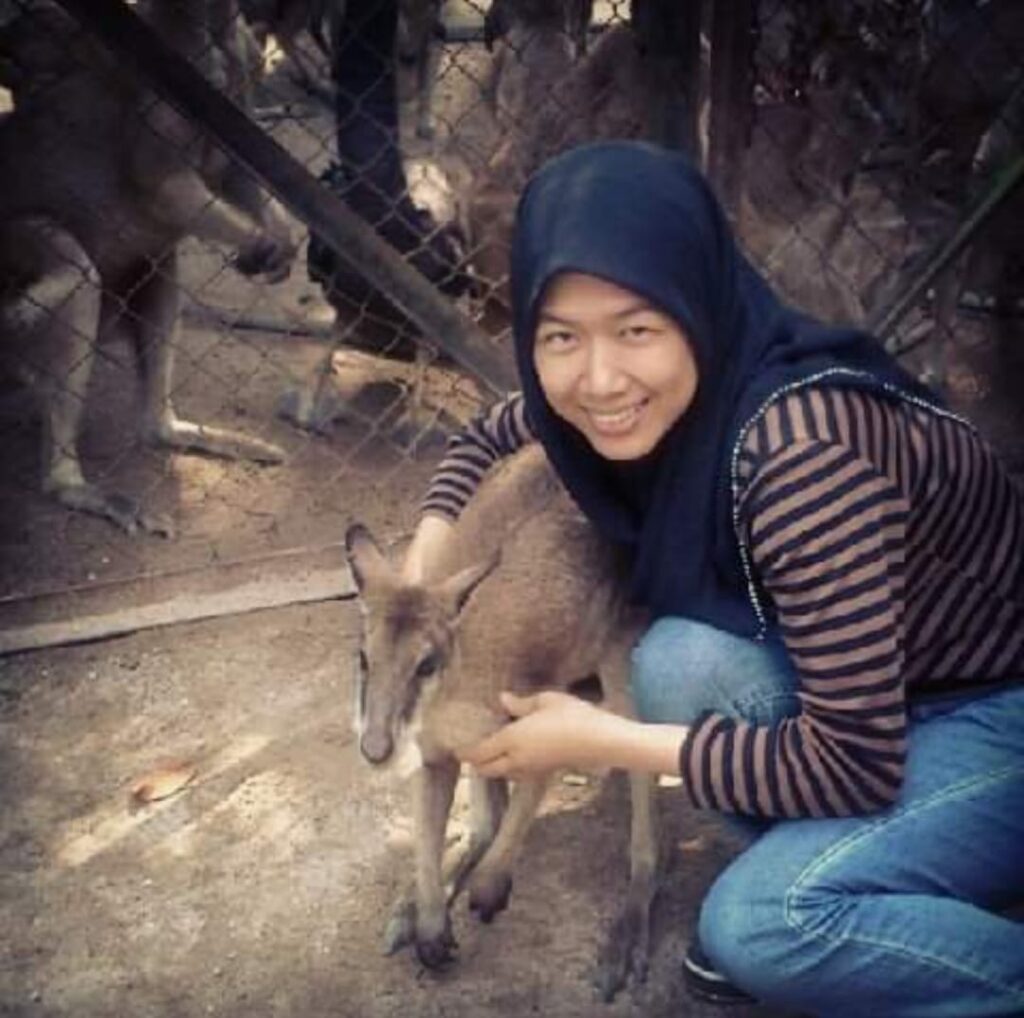
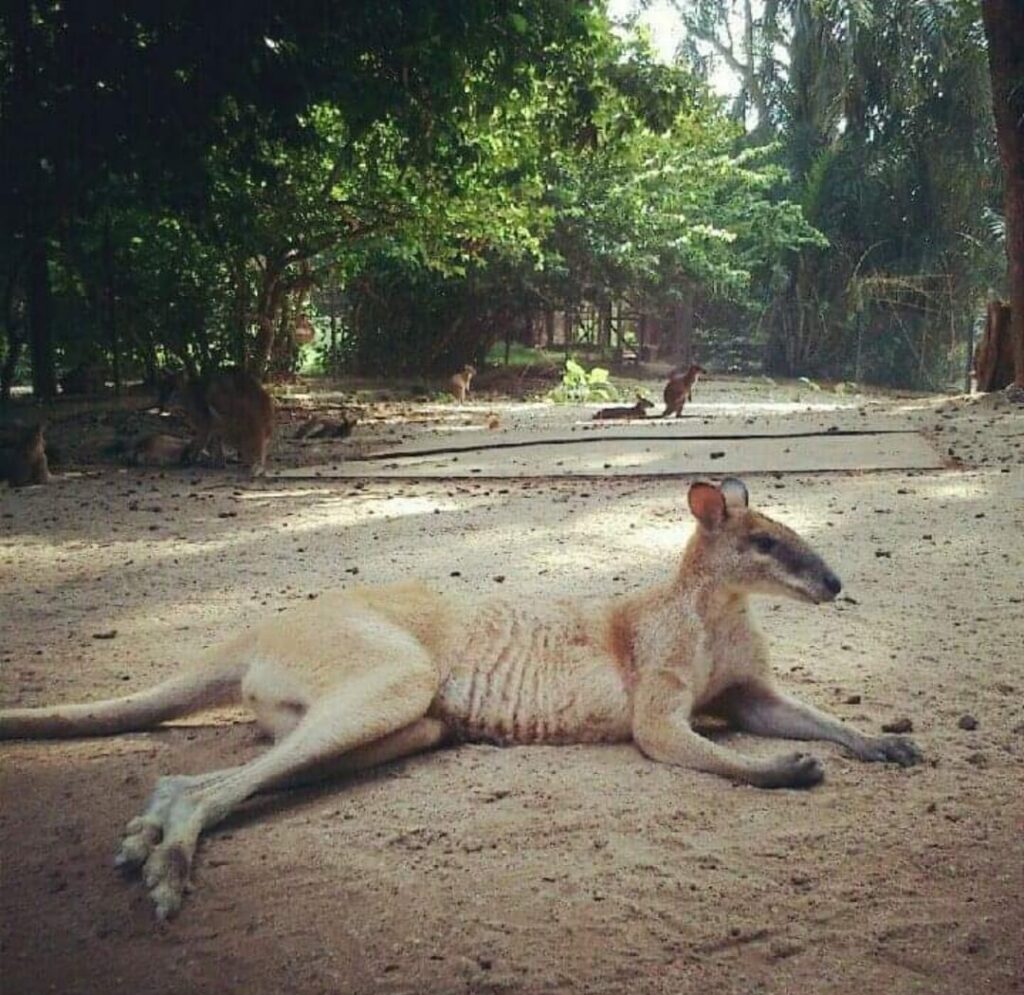
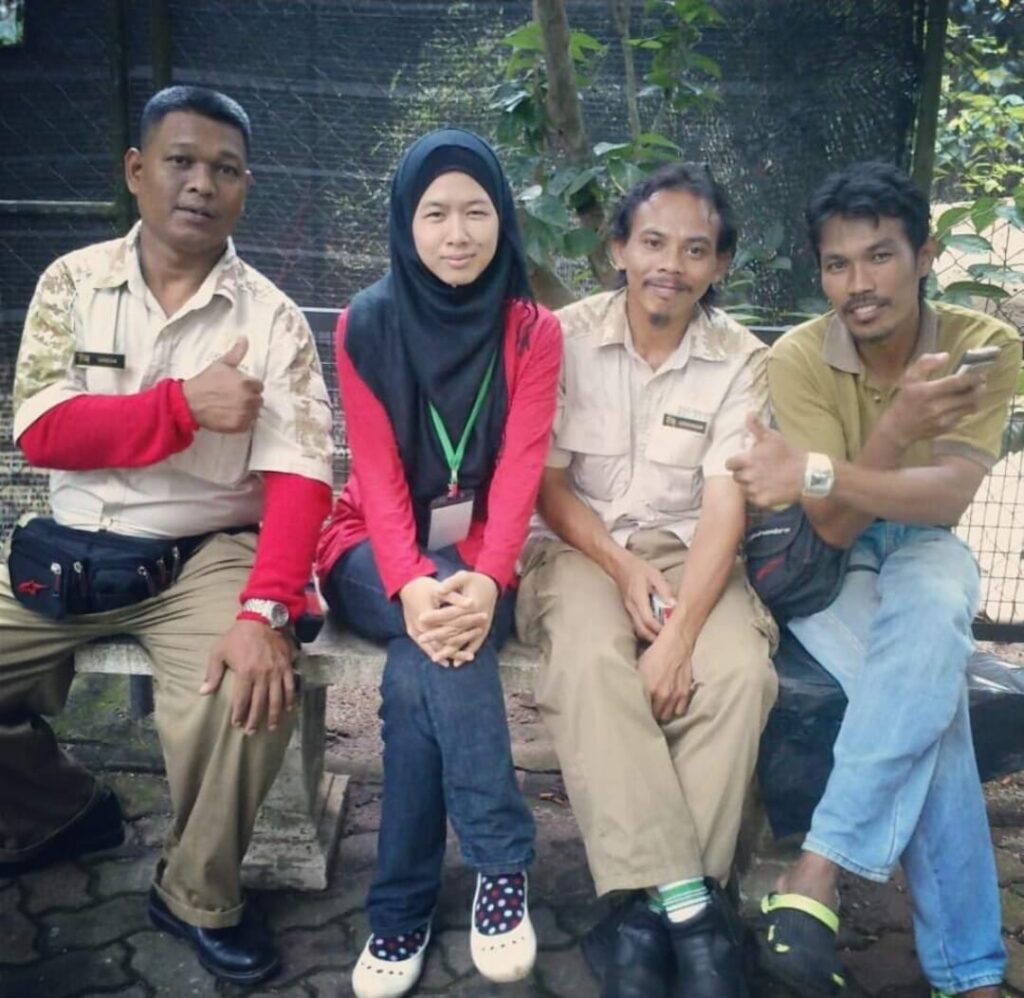
Many studies have found that captive animals may exhibit abnormal behaviors, such as pacing or self-harm, as a result of their restricted environment. These behaviors can be indicative of psychological distress and can have negative consequences for the animal’s physical health.
Another area of research has explored the effectiveness of different management strategies in captivity. For example, studies have shown that providing animals with environmental enrichment, such as toys or opportunities for social interaction, can reduce stress and improve overall well-being. Similarly, the use of positive reinforcement training techniques can help to reduce stress levels and improve the quality of life for captive animals.
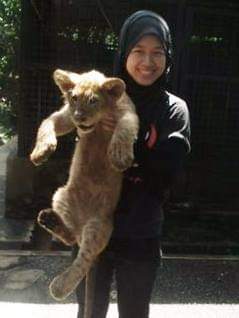
Manja
– Female spotted leopard at Malaysia National Zoo
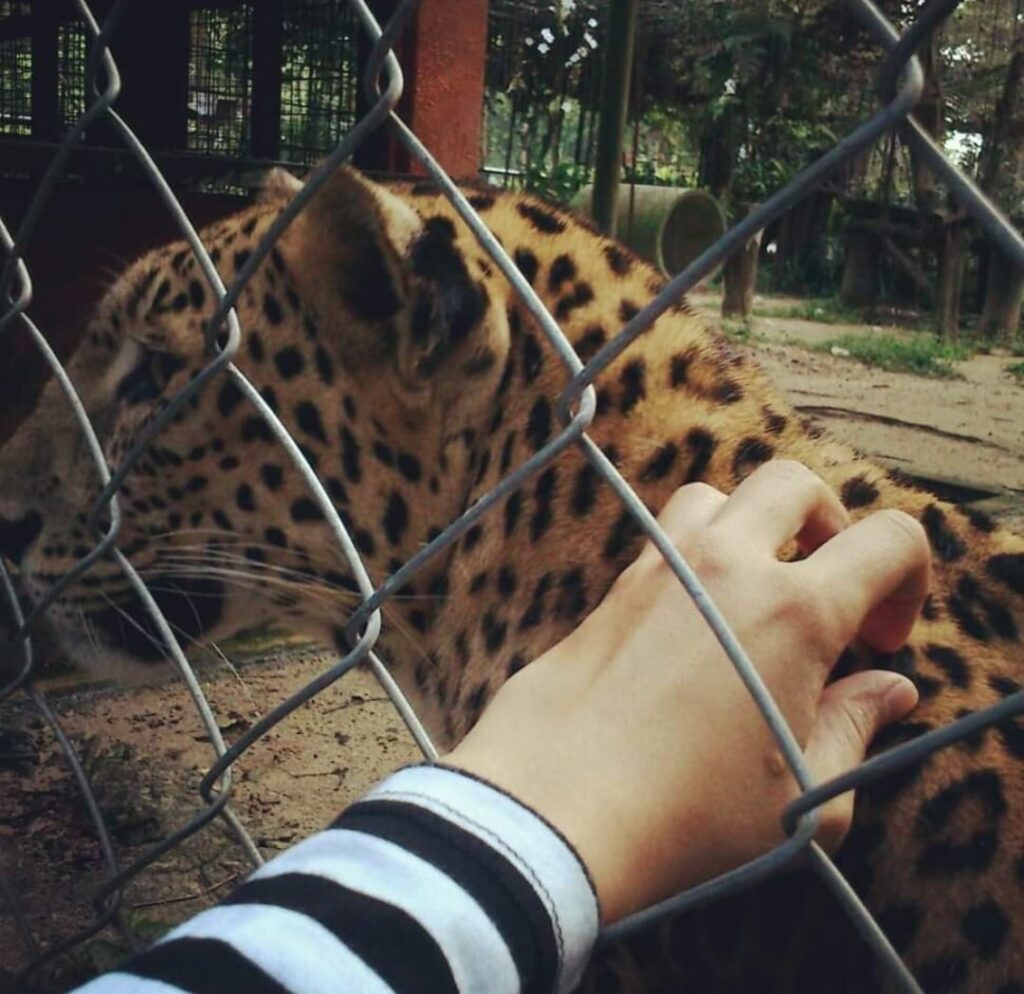

Apow
– A wild born leopard captured from Merapoh Forest, Pahang. Currently reside at Malaysia National Zoo.
